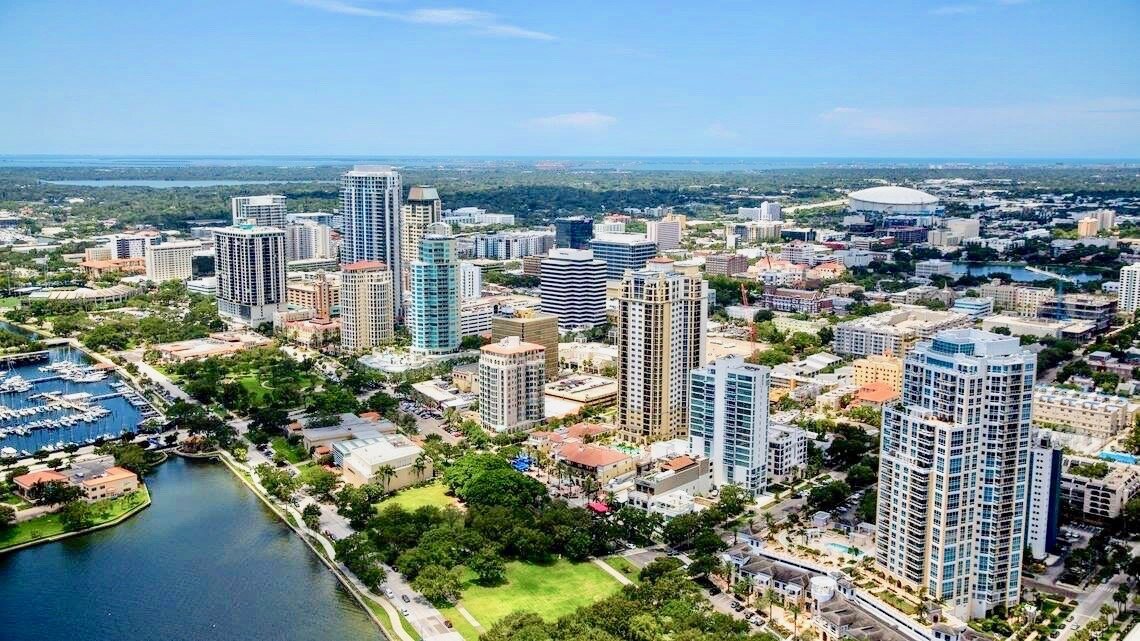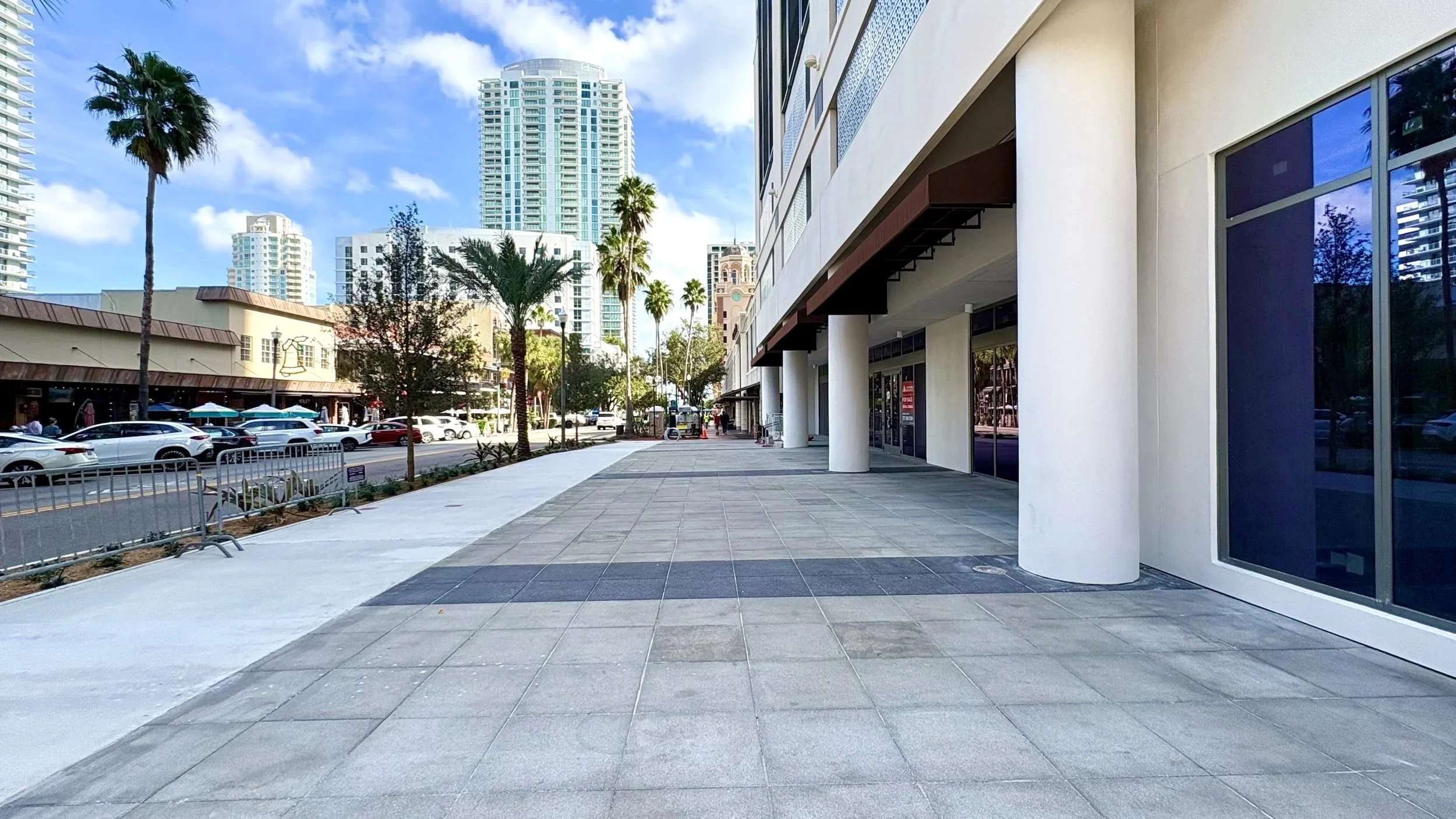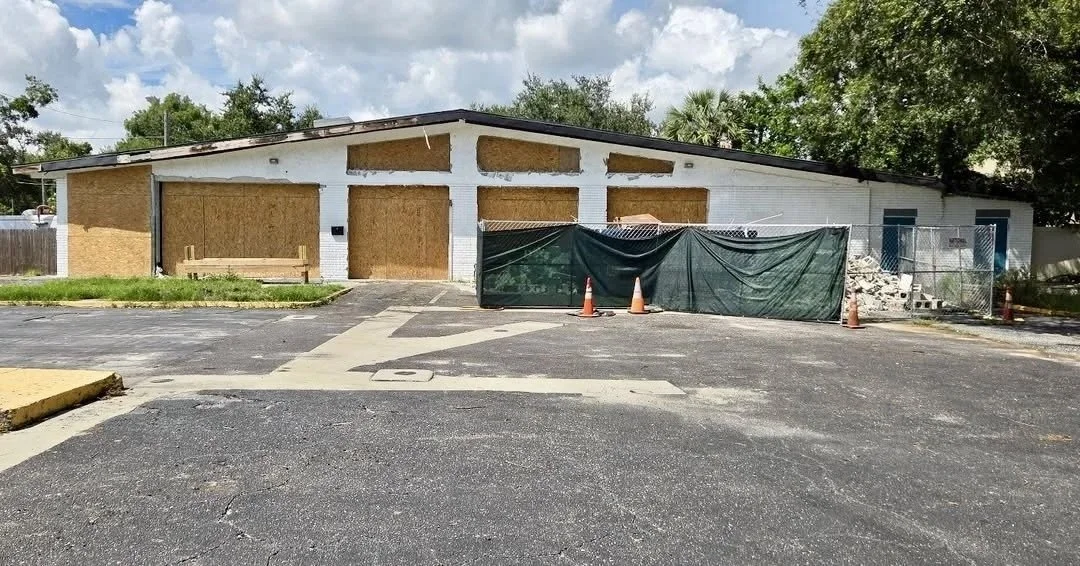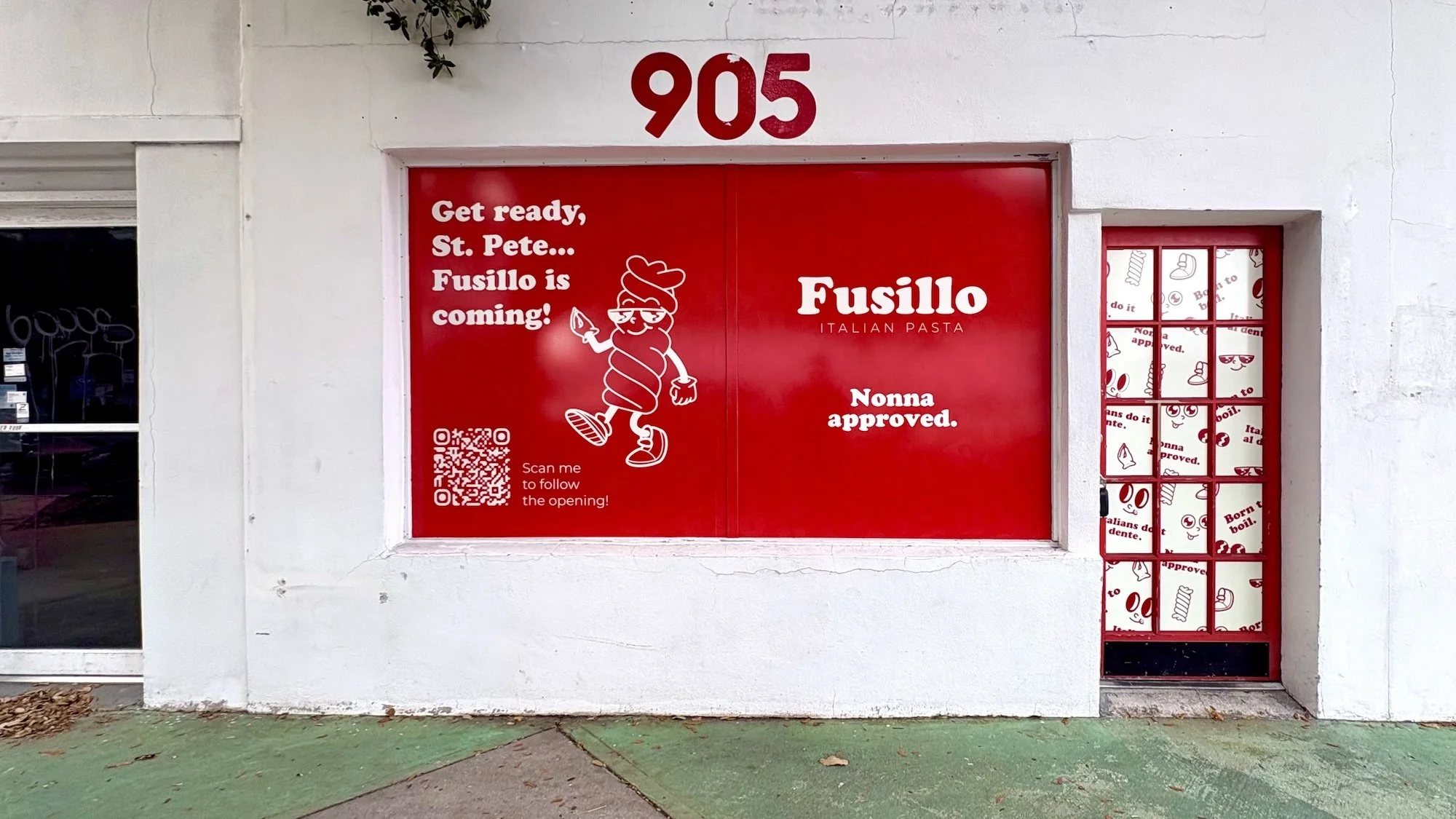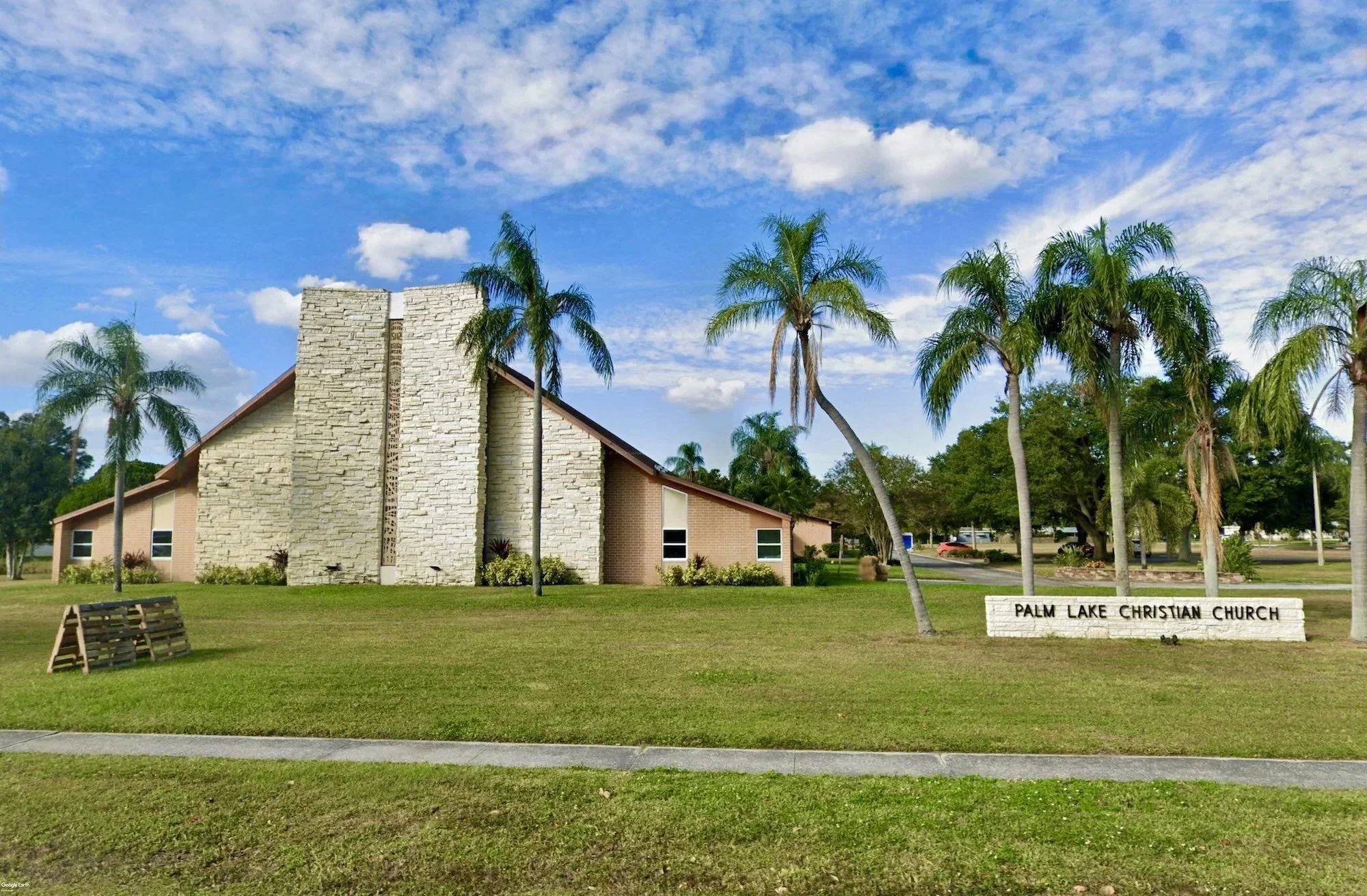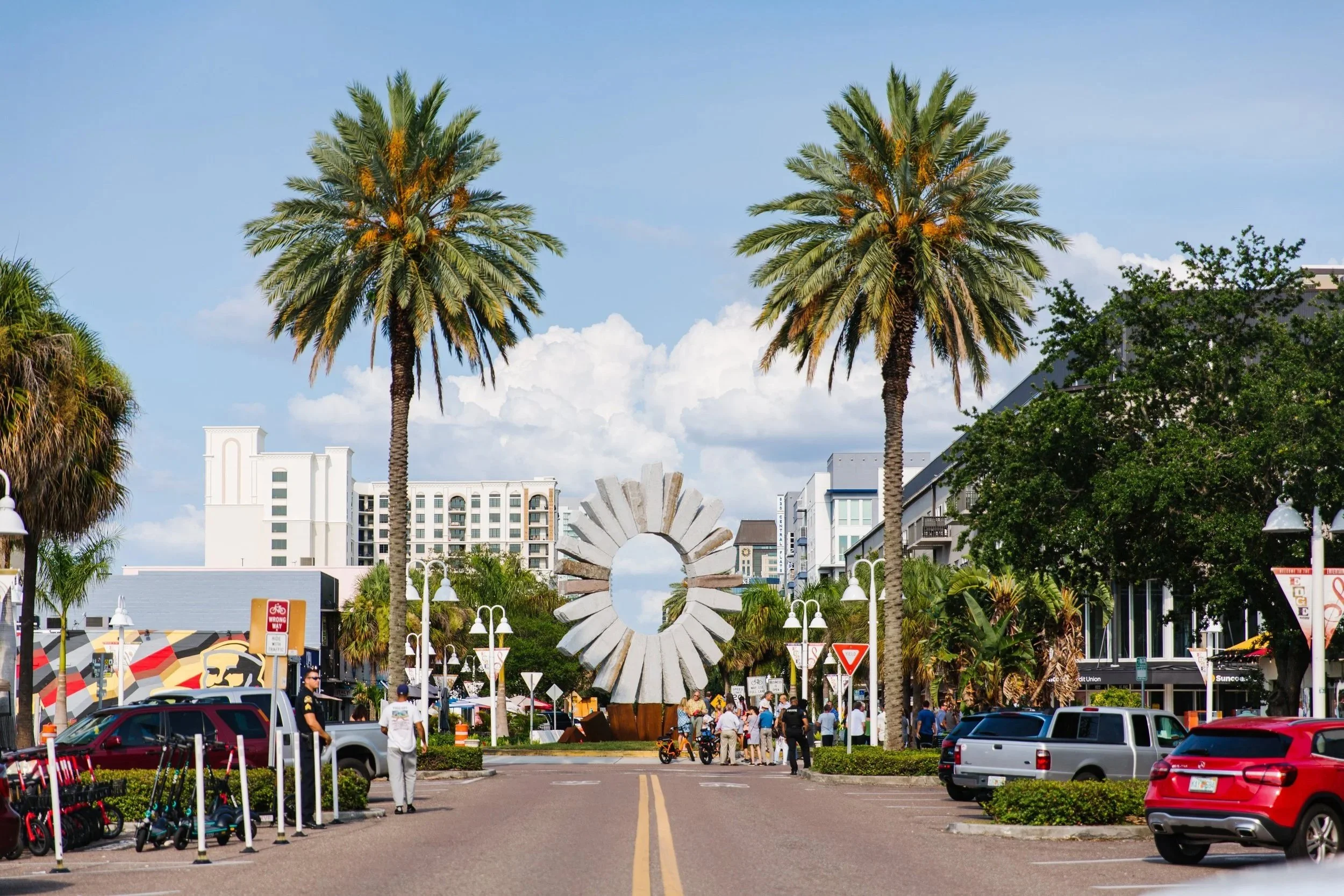Historically St. Pete: The 96-year-old Saint Mary’s Church and its amusing connection to a bathroom at the St. Pete Pier
/A postcard of Saint Mary Our Lady of Grace Catholic Church from the 1930s | St Petersburg museum of History
At St. Pete Rising, we are constantly providing comprehensive coverage on everything new and coming soon to the Sunshine City, but we think it’s also important to take a look back at our city's rich history.
Historically St. Pete, a monthly column on St. Pete Rising written by Executive Director of the St. Petersburg Museum of History Rui Farias, covers everything from the legend of underground mobster tunnels to the buildings and people that created the Sunshine City.
Follow us each month as we explore how these projects shaped St. Pete into the city we know and love today.
This month we explore the history of the 96-year-old Saint Mary Our Lady of Grace Catholic Church and its amusing connection to a downtown bathroom nicknamed Little St. Mary’s.
St Mary’s still stands 96 years after it was constructed | Catholic Wonders
For decades, millions of visitors and residents heading to the Million Dollar Pier, the Inverted Pyramid Pier, or the current St. Pete Pier have walked past Comfort Station No. 1, or as locals call the public restroom, Little St. Mary’s.
In a city filled with colorful tales and myths, the connection between Comfort Station No. 1 and Saint Mary Our Lady of Grace Catholic Church is one of the oldest, and after the legendary coin toss, one of the most believable. Even if it is not true.
Growing up and working in the downtown area since the 1960s and attending St. Mary’s for most of my youth, I heard the story hundreds, if not thousands of times.
The story goes that famed architect Henry Taylor was contracted by the Catholic Diocese to design and oversee the construction of St. Mary’s on 4th Street and 5th Avenue South to replace the original 1913 St. Mary’s located two blocks away.
Visitors to the St. Pete Pier can still see Comfort Station No. 1, which remains operational to this day
Once construction neared completion, the Catholic Diocese had a few issues with the structure and refused to make the final payment. So, to get even with the Church for stiffing him, when Taylor was hired by the city to build its first waterfront public restroom, he designed it to look just like St. Mary’s.
That story, and chuckles that accompany it, have been shared for nearly 100 years. But it isn’t true.
Yes, both were designed by Taylor, who is also responsible for Jungle Country Club Hotel (now Admiral Farragut Academy), the Florida Theatre (demolished in the 1960s), Jungle Prada, and the Vinoy Hotel, but Comfort Station No. 1 was built in 1927, and St. Mary’s in 1929.
However, that does not take away from the history, and of course, spectacular architecture of the structures.
Comfort Station No. 1, built at the end of St. Petersburg’s 1920s land boom, features unusually elaborate design elements for such a utilitarian purpose. This was because Taylor had already been commissioned to design Saint Mary Our Lady of Grace Catholic Church. Taylor designed the restroom as a prototype to evaluate the challenges of constructing an octagonal building.
A photo of Comfort Station NO. 1 from 1979 | St. Petersburg Museum of History
Both structures were planned with eight sides—a design choice that allowed the church to accommodate up to 1,000 worshippers on a compact site. The comfort station became a proving ground for the Romanesque Revival details Taylor would later incorporate into the church.
Taylor brought a surprising level of craftsmanship to Comfort Station No. 1, with architectural features including arches, barrel roof tiles, and decorative brickwork.
Named Comfort Station No. 1 because the city intended to construct additional Comfort Stations along the waterfront. The bust of 1927, followed by the Great Depression, put an end to the plan.
Still standing on Bayshore Drive, the structure remains a charming and unexpected piece of St. Petersburg’s architectural heritage, offering lasting beauty in an unlikely form. And we have not even talked about Agnes, the spirit who haunts the women’s side.
St. Mary's during its opening in 1930 | St. Petersburg Museum of History
Construction of the present Saint Mary Our Lady of Grace Church began in 1929 on land measuring 200 by 210 feet, purchased from the estate of city founder John C. Williams.
The site was chosen by Rev. James J. O’Riordan for its central location in the growing city. Taylor was selected to design the new church in collaboration with Father O’Riordan.
Taylor and O’Riordan opted for an octagonal design, inspired by the Basilica of Santo Stefano Rotondo in Rome. This shape allowed the altar to remain the spiritual and architectural focal point while accommodating a large congregation in the small parcel of land.
The style is primarily Byzantine with Romanesque elements, including grand archways, carved columns, balconies, and symbolic Christian iconography. The church also features Italian and German stained-glass windows and a marble floor.
The church's cornerstone was officially laid on January 26, 1930, by Bishop Patrick Barry, marking the start of what would become a major architectural and spiritual landmark in St. Petersburg.
Inside Saint Mary Our Lady of Grace Catholic Church in downtown St. Pete

